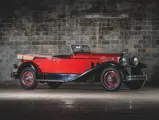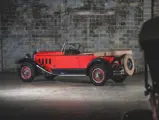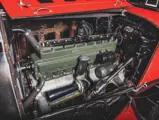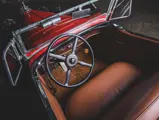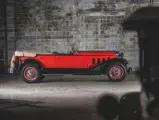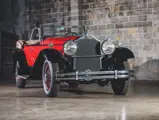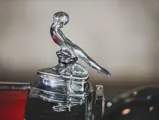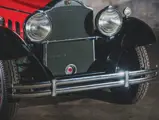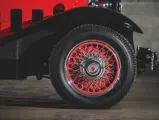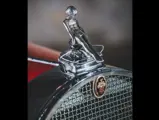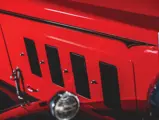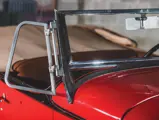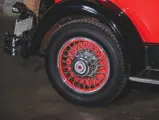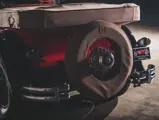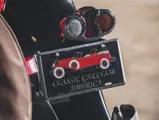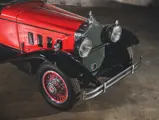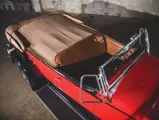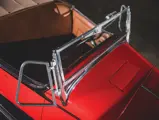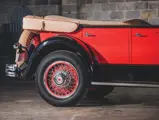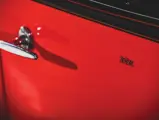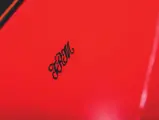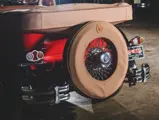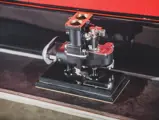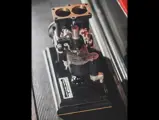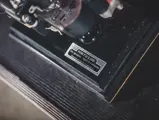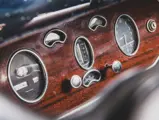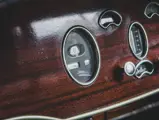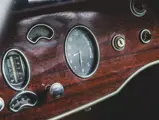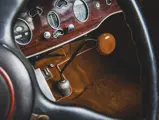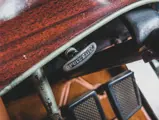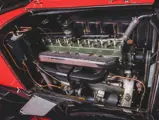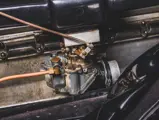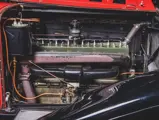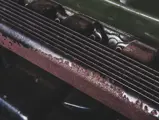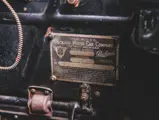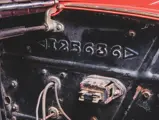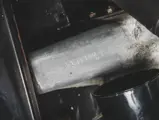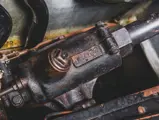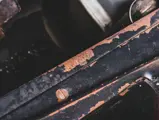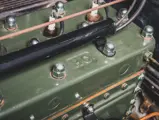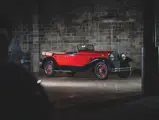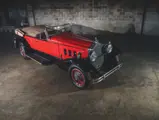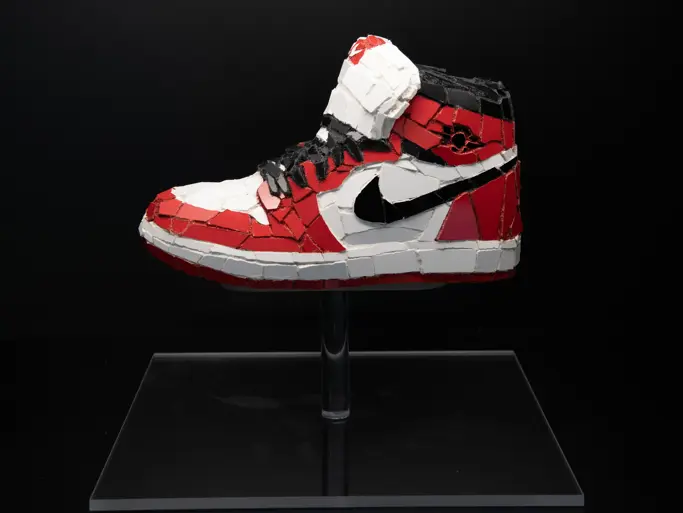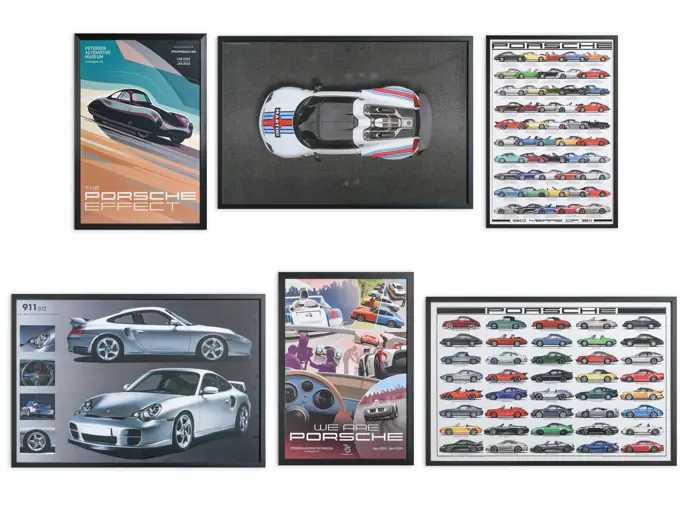The Guyton Collection
1930 Packard 734 Speedster Eight Phaeton
{{lr.item.text}}
$665,000 USD | Sold
 | St. Louis, Missouri
| St. Louis, Missouri
{{internetCurrentBid}}
{{internetTimeLeft}}

- Among the greatest, rarest American performance cars of the Classic Era
- One of five surviving 734 Phaetons; known history since new
- Extremely original and never fully restored
- Widely considered to be the ultimate Packard of its era; a Duesenberg competitor
- Classic Car Club of America (CCCA) Full Classic
THE SPEEDSTER EIGHT
The 734 Speedster Eight of 1930 was a new breed of Packard. It was graceful, quietly elegant, and beautifully engineered, all the things that the company stood for – but rather than pure silence and smoothness, it was built as a performance machine, representing the most power that could be run from the famous Packard Eight.
Given more or less carte blanche to “see what you can do,” Packard’s engineering wizard, Colonel Jesse Vincent, set about boxing a 733 Eight chassis for rigidity. It was crowned with an extensively modified engine, featuring a Detroit Lubricator dual-throat carburetor; hemispherical intake and exhaust outlets, at a 45-degree angle, maximizing the larger manifold openings and separating the exhaust and intake manifolds, creating a larger-capacity and free-flowing exhaust system; and a high-compression 6:1 cylinder head. The exhaust manifold was finned, as were the specially forged iron brake drums that allowed for a two-inch-wide braking surface. Available rear axle ratios allowed the car’s 145 hp to propel it above 100 mph in top gear.
Packard did not want to be viewed as a performance automaker, even in a world in which, with the introduction of the Duesenberg Model J and the Cadillac V-16, they somewhat had to be. They advertised the Speedster Eight as minimally as possible, running a single eight-page brochure on the model – and that was that. The lack of advertising almost made the car more desirable; it was a special “hot little something” that only those in the know could pick up.
That remained true even after the model was out of production. Those who saw a Speedster Eight on the street would usually just accept it as “another old Packard” – until this factory hot rod outran them. Among the cognoscenti, however, it continuously remained desirable, in an era when few of the future “Full Classics” really were; it was recognized as superlative as early as the 1940s, and Smithsonian transportation curator Smith Hempstone Oliver created the first registry for the model in the 1950s.
In 1959, Tom Mix, one of the earliest appreciators of Full Classic Packards, saw fit to travel from Massachusetts to Buffalo, just to add one to his collection. It was one of the five survivors of some 32 Phaetons built. He would never sell it; it passed from his estate to Fred Guyton, who, too, would only be parted with it by his passing.
It took a special man to own a Speedster Eight – and once he bought it, he kept it. Nearly 90 years on, that is still true.
THE GUYTON SPEEDSTER EIGHT PHAETON
The Guyton Phaeton was originally delivered by L.R. Mack, the Packard agency in Rochester, New York, on 17 May 1930. According to information in the file, the original owner was Sanford Cluett, of Cluett-Peabody, manufacturers of Arrow Shirts; Mr. Cluett was the inventor and namesake of the Sanforizing anti-shrinking process, which was one of over 200 patents in his name. The car was next acquired for $300 in 1951 by Victor Mion of Schenectady, then in 1958 by James H. Kellogg Clark of Buffalo. In 1959 the car was purchased from Kellogg Clark by Tom Mix, owner of Boston’s famous Foreign Motors dealership, and among the most avid early Packard enthusiasts in this country. Mr. Mix built a superb collection focused on coachbuilt rarities, including numerous Darrins and various one-off models.
Correspondence from Mrs. Mix, which is on file, indicates that the couple toured extensively in the Speedster Eight Phaeton, and that it was one of her husband’s favorite automobiles. Photographs survive of it, in the cream and maroon it then wore, on display at an event at the Larz Anderson Museum in 1960, as the most modern car displayed amidst a fleet of Brass Era machines – yet clearly and unmistakably, already something special. Mr. Mix owned the Speedster Eight for the rest of his long life, eventually commissioning a new paint scheme of dark red with black fenders late in the 1990s.
In 2006, Fred Guyton was thrilled to acquire the car from the Mix estate, writing in glowing thanks to Mrs. Mix, to reassure her of his good intentions to maintain and enjoy the car as her husband had. He proceeded to do so, and enjoyed driving the Packard many times, while continuing to carefully preserve its originality and restore it only as necessary.
For instance, the leather upholstery finally became unusable, and new upholstery was fitted several years ago as a result, along with a tonneau cover for the rear seat. Peek under the hood and under the car, however, and the original green it wore for Mr. Cluett is still visible on the undersides of the fenders and on the frame rails. The car is running a non-original carburetor, which functions well for driving, but is offered with a correct reproduction carburetor on a stand.
Inspection of the various numbered mechanical components shows that nearly all are numbered within 20 digits of one another and, therefore, are surely original to the car; the exceptions are the front axle, the number boss on which is blank, and the gearbox, which is a replacement unit. All of the stampings are correct, clean, and original, including the Special Order or “S.O.” number on the frame and the original firewall tag; removing the trim at the top of the doors reveals even the original factory number stampings on the brightwork.
Lovingly cared for its entire life, this car still displays the fingerprints and evokes the careful attention of its five owners, and will soon add those of a fifth who should drive it, enjoy it, and share it. Its new owner will join the proud fraternity of those who know just what a powerhouse this is.
That is the tradition, after all.

